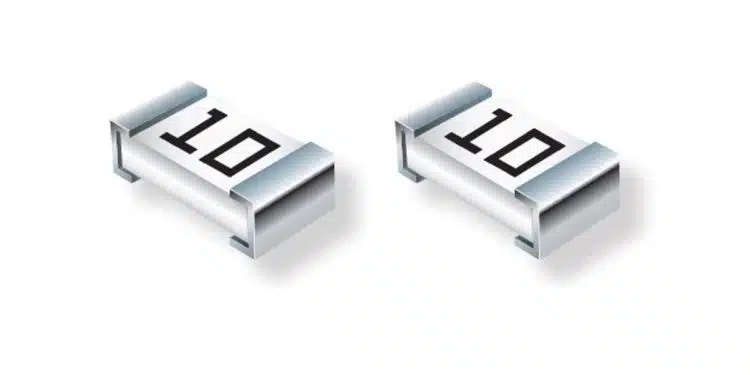Bourns is pleased to announce the introduction of two new families of general and automotive grade SMD fuses to complement its already successful line of SinglFuse™ SMD Fuse products.
The new Model SF-1206HH-R and SF-1206HHA-R Series are RoHS compliant, halogen free* and UL recognized. The Bourns® SF-1206HHA-R models meet Bourns’ internal AEC-Q200 test plan with more demanding test conditions and larger sample sizes to ensure that the components can be used in harsh environments.
These new model families are intended for use in a variety of industrial, medical (low/ medium risk)***, telecom, Battery Management System, and, for the Model SF-1206HHA-R series, automotive applications.
Bourns continues to broaden its portfolio of SinglFuse™ SMD Fuses to address the growing need for effective circuit protection in a variety of applications including automotive, telecom and networking equipment, PCs and monitors, server farms, portable memory, portable electronics, gaming systems, robotics, smart appliances, battery chargers, and industrial controllers.
Features
- Metal foil chip design with high operating temperature up to 150 °C (SF-1206HH-R Series)
- AEC-Q200 compliant (Grade 1, SF-1206HHA-R Series)
- UL 248-14 compliant n RoHS compliant and halogen free
Applications
- Automotive (SF-1206HHA-R Series)
- Industrial
- Medical (low/medium risk)
- Telecom
- Battery Management Systems































